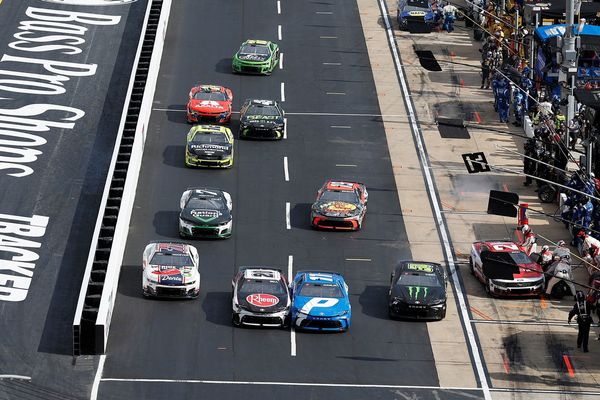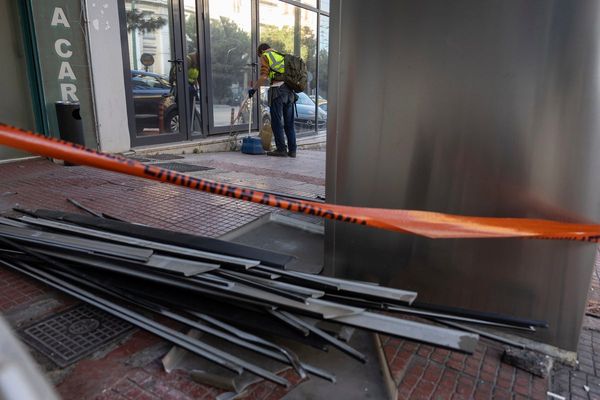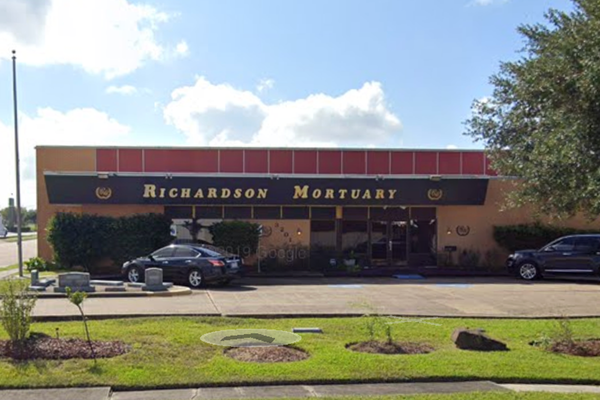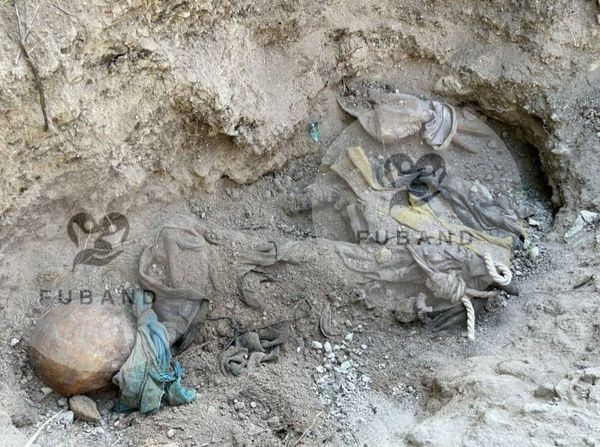
For the most part, soccer—the world’s most popular sport—is a uniting force, bringing people from all walks of life together to share in their love for the beautiful game.
Sometimes, however, it can have quite the opposite effect.
Whether it’s because two teams share the same city or region, are divided by historical or political tensions, or simply fueled by decades of fierce competition, soccer can become a battleground—sparking intense rivalries between clubs and their fans, both on and off the pitch.
Here, we take a closer look at the biggest rivalries in world soccer and explore their fierce—and sometimes violent—histories. From red cards to riots, and from pitch invasions to political assassinations, these are the clashes that have come to define the darker, more dramatic side of the game.
El Clásico: FC Barcelona vs. Real Madrid

El Clásico is not just the biggest and most iconic derby in world soccer; it’s arguably the sport's biggest match, period.
Played between the two most storied clubs in the sport—FC Barcelona and Real Madrid—the clash captivates fans from every corner of the globe, with hundreds of millions tuning in to watch some of the world’s biggest stars, like Kylian Mbappé, Lamine Yamal, and Vinícius Jr., go head-to-head in a battle for supremacy.
But El Clásico is more than just a showdown between Spain’s two biggest teams. It’s a clash rooted in Spain's past, with Real Madrid historically tied to the Spanish monarchy, nationalism, and General Franco, while Barcelona has long represented Catalan pride and independence.
At its core, El Clásico is a battle between regional pride and national power, with Barcelona’s "tiki-taka" style and famed youth academy, La Masia, embodying Catalan culture, while Real Madrid’s big spending reflects the power of the Spanish state.
This is not just a soccer match; but a clash that mirrors the cultural and political divide that has shaped Spain for decades.
Infamous Moments
In the history of El Clásico, few players have ever dared directly cross the divide and move between the two teams, but one who did was Luis Figo, who made the controversial switch from FC Barcelona to Real Madrid in 2000.
When Figo returned to Camp Nou the following year, he was met with banners that branded him "Judas" and a "traitor." The home crowd threw various objects at him, including coins, bottles, and, most notoriously, a severed pig's head.
Superclásico: Boca Juniors vs. River Plate

While El Clásico may be the biggest derby in world soccer, its Argentine counterpart––River Plate versus Boca Juniors, or the Superclásico––is undoubtedly more fierce.
Both clubs were founded in the early 1900s in the La Boca neighborhood of Buenos Aires. Initially, they coexisted peacefully, but when River moved to a wealthier area of the city and began spending heavily on players, a class divide emerged, igniting a bitter sporting rivalry.
Since then, the two clubs and their supporters have been locked in a fierce battle, with matchdays marked by intense confrontations on the field, passionate displays from the stands, and, far too often, violence.
Infamous Moments
There are countless examples that demonstrate the ferocity of the rivalry between River and Boca, including one incident where a man burned down his friend's house after an argument about the two teams, and River fans attacking the bus carrying Boca to its stadium with projectiles in 2018, injuring some of the players.
Without a doubt, the most infamous and tragic incident was the Puerta 12 tragedy in 1968, which saw 71 Boca fans killed in a stampede––reportedly triggered by Boca fans throwing burning River flags from the upper tiers––at one of the exits of River's El Monumental stadium.
The Old Firm: Celtic vs. Rangers

The rivalry between Celtic and Rangers––Scotland's two most successful teams––is deeply rooted in religious and political tensions.
To simplify a long and complex history: Rangers were founded by a group of Scots in 1872, while Celtic was established 15 years later by Irishman Brother Walfrid, primarily to raise funds for alleviating poverty within Glasgow's Irish immigrant community.
As more Irish Catholics settled in the city during the 1920s and 1930s, competition for jobs and housing increased, leading to growing animosity from the predominantly Protestant Glaswegians. The divide was further intensified by their differing views on Northern Ireland: Celtic and its Catholic fanbase advocated for Irish Republicanism and the reunification of Northern Ireland with the Republic of Ireland, while Rangers fans supported its continued place within the United Kingdom.
These tensions persist today, with religious sectarianism still prevalent in Glasgow.
The Old Firm Derby, the match between the two clubs, remains a battleground not just for soccer dominance but also as a reflection of the long-standing divide. The rivalry is notorious for its aggressive tackles, red cards, and fan violence both inside and outside the stadium.
Infamous Moments
After Celtic's victory over Rangers in the 1980 Scottish Cup final at Hampden Park, hundreds of rival fans charged onto the pitch, sparking a violent brawl with pipes, bricks, and bottles, which resulted in over 200 arrests.
In response, the Scottish Football Association implemented a ban on alcohol at all Scottish soccer matches, but the violence has persisted. According to Bleacher Report, between 1996 and 2003, there were at least eight deaths directly linked to matches between Celtic and Rangers.
Derby della Capitale: AS Roma vs. Lazio

The intensity of the Derby della Capitale between AS Roma and Lazio can be attributed to several factors, making it the most heated rivalry in Italian soccer.
First is their shared history. In 1927, Italian dictator Benito Mussolini orchestrated a merger of Roman clubs, aiming to create a powerhouse to rival teams from northern Italy. Roman, Alba-Audace, and Fortitudo joined to form AS Roma, however, Lazio resisted, making them Roma's bitter rival ever since.
Second, the two clubs share the 70,000-seater Stadio Olimpico, which makes matchdays between them a tense and explosive spectacle. The stands are filled with smoke bombs, flares, and deafening chants, adding to the drama of the occasion.
Third, both clubs have Ultras groups known for their extreme political ideologies, often linked to neo-fascist beliefs, and a history of violent clashes both inside and outside the stadium.
As journalist Aurelio Capaldi once said: "In Rome, you are Roman. And you're either Lazio or Roma."
Infamous Moments
The Derby della Capitale has been marred by multiple violent incidents over the years. In 1979, a flare fired by Roma fans tragically killed a Lazio supporter, while in 2013, six people were stabbed in a pre-match clash.
One of the most shocking moments came in 2019 when Fabrizio "Diabolik" Piscitelli, the leader of one of Lazio's Ultras group, the Irriducibili, was assassinated in broad daylight.
Ironically, Piscitelli's murder led to a rare moment of unity between the two fanbases, with Roma supporters unveiling a banner at their next match that read: "Alive we fight, dead we respect."
The Intercontinental Derby: Fenerbahçe vs. Galatasaray

Fenerbahçe and Galatasaray may both call Istanbul home, but they exist on different continents—Galatasaray on the European side of the Bosphorus Strait, Fenerbahçe on the Asian side. Though separated by just a few miles, the cultural, historical, and social divide between them fuels one of the fiercest rivalries in world football.
The origins of both clubs date back to the early 1900s, a time when Istanbul stood at a crossroads between the crumbling Ottoman Empire and the rise of a modern Turkish state.
Galatasaray was founded in 1905 by students from the elite Galatasaray High School, a symbol of aristocracy and privilege in Ottoman society. Fenerbahçe followed two years later, founded by working-class locals and quickly embraced as a club of the people—standing in stark contrast to their cross-city rivals.
Fenerbahçe and Galatasaray continue to embody the divide between Istanbul’s contrasting identities—east and west, working-class and elite—and now battle not just for soccer supremacy, but for the city’s cultural and historical heart, with matches between them often so volatile that they’ve had to be suspended due to fan violence and unrest.
Infamous Moments
The most controversial moment in the history of the Intercontinental Derby came in 1996, courtesy of then-Galatasaray manager Graeme Souness.
After Galatasaray defeated Fenerbahçe in the Turkish Cup final—on Fenerbahçe’s own turf—Souness charged onto the pitch and planted a giant red and gold Galatasaray flag in the center circle, a symbolic gesture claiming the stadium, and by extension, the city, for his team.
The act nearly sparked a riot. A Fenerbahçe fan ran onto the field to confront him—whom Souness, according to former player Dean Saunders, punched in the face—while police rushed in to protect the Galatasaray players during the trophy ceremony.
READ MORE OF SPORTS ILLUSTRATED'S SOCCER RANKINGS
This article was originally published on www.si.com as Biggest Rivalry in Soccer: The Most Intense Clashes in Football History.







